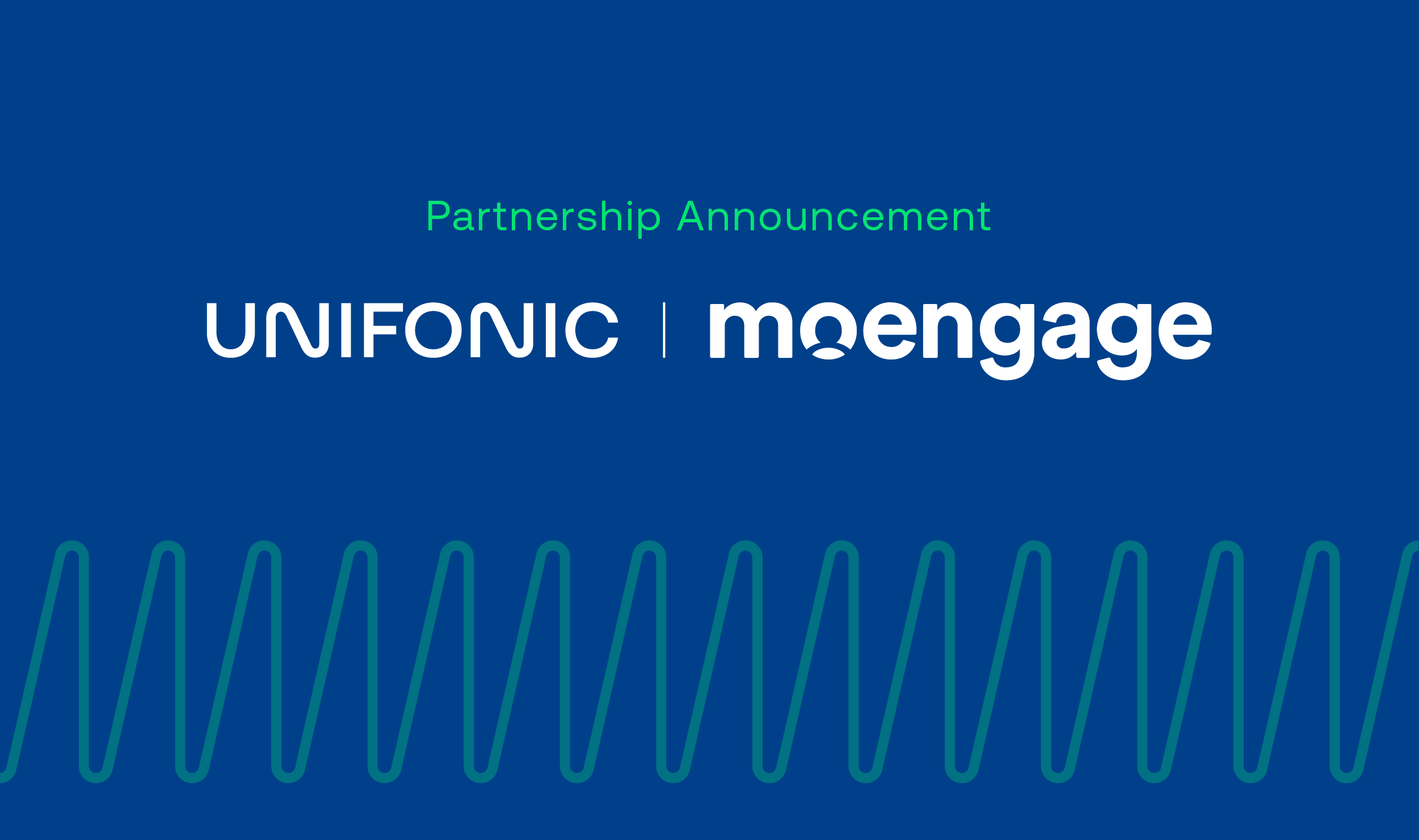And, that pressure to connect in a multitude of ways around the clock can be overwhelming for companies to navigate: a study by Gartner found that 50 percent of large organizations will have failed to unify engagement channels in 2022, resulting in a disjointed and siloed customer experience that lacks context.
Many corporations have begun the process of streamlining their communication methods over the past few years, but this level of change takes time.
Plus, what was already a mammoth task suddenly became a matter of survival when global events called for rapid digital transformation.
As a result, enterprise-level entities are struggling to keep up amidst increasingly higher stakes.
Companies that excel in CX outperform laggards by nearly 80 percent, according to data by Forrester, showing that thoughtful interaction plays a pivotal role in our contemporary customer experience economy.
While it’s not always feasible to handle this transformation in-house, the good news is that the technology and expertise to improve engagement are readily available.
A growing number of innovative solutions can be leveraged from experts to maximize the possibilities now that smarter, more relevant, conversations are what matter most.
Some of the unique challenges that enterprise-level clients must tackle include:
Complex customer journeys
Stakeholders want simple, effective communication when dealing with any organization. Not only should it be personalized, so that it’s relevant to their particular situation, status and need, it has to be delivered via the most appropriate channel. Needless to say, this is no easy task when catering to large, global audiences.
Each person has a preferred channel they like to communicate through. This is where it’s crucial to start by understanding who they are, and what they care about.
Having a clear roadmap of their journey, taking each interaction into account, will help to formulate a holistic framework that allows businesses to connect with customers across multiple touchpoints while maintaining context and relevance.
From there, entities can develop the correct flow of communications and rules associated with engaging with customers over SMS versus email, voice, WhatsApp, etc.
Multiple channels working in silos
Rigid infrastructures often stand in the way of creating cohesiveness between channels, limiting the relevant messages to reach the customers on their preferred communications channel.
Implementing an omnichannel strategy requires an integrated approach, especially when a conversation starts in one channel and gets completed in another.
For example, businesses might be using one provider to support SMS and another for WhatsApp.
If each supplier has their own technical prerequisites and limitations, it complicates the overall process and makes providing the full picture to customer care staff difficult, if not impossible.
Choosing a platform provider that simplifies establishing an omnichannel environment with visual, low code or no code builders is key to fast-tracking smoother dialogue.
Those that offer contextual conversational tools for customer service or marketing teams can provide even greater value.

Implementing an omnichannel strategy requires an integrated approach, especially when a conversation starts in one channel and gets completed in another
Regulatory compliance
With so many new messaging apps, it can be hard to ensure compliance – both from a technical and business standpoint.
Breach of these regulations can lead to the messaging app providers suspending usage, damage to reputation, and severe financial implications.
There has been a noteworthy shift in how communication applications like, for example, WhatsApp is used to communicate internally between teams and externally with customers.
In retail, although better CX is promoted, there is currently a strong focus on business communication that is less personalized to the individual consumer.
No matter the communication application or channel used for message sharing, or the purpose thereof, the flow of communications needs to comply with regulatory factors.
Working with registered and listed service providers will ensure that the company remains compliant with laws and regulations surrounding message exchanges.
Providers should also comply with Vertical or regional regulators, such as CITC or to protect against regulatory fines and suspensions.
Understanding and addressing all of the above contributes toward enhancing engagement and saves customers from receiving a disjointed experience.
CX relies on multiple factors working together to ensure the customer journey is smooth and without friction.
Once channels are unified and conversations streamlined, it becomes clear how the different elements link together to facilitate a specific action in the customer lifecycle – from initial discovery to after-sale conversations.
Regulatory compliance and creating omnichannel environments can greatly assist in establishing a cohesive CX ecosystem.
Overcoming the barriers to customer engagement is sometimes challenging, but no doubt necessary when companies that improve their CX see increased revenue and report 79 percent cost savings.






